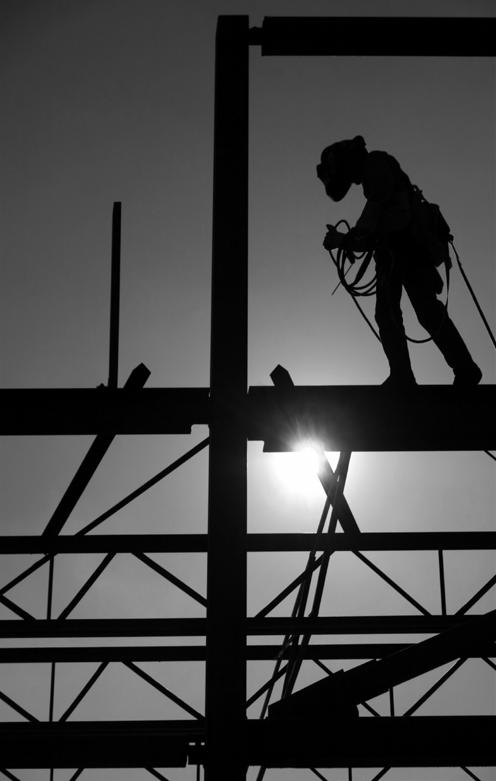
2 minute read
Substance Users In The Construction Industry On Vancouver Island
Based on the participants in our engagement and anecdotal discussion of the industry by participants, three general profiles of substance users in construction were identified.
Profile A
Someone who entered construction at a young age and began using drugs and alcohol recreationally, often with their coworkers, as part of a “work hard play hard” workplace culture. Substance use did not always become problematic; however, if it did, this change was usually triggered by experiencing adverse mental health.
For those later in their career, this adverse mental health was triggered or exacerbated by high stress levels, burnout, and being overwhelmed at work. For those that identified as men, both the experience of adverse mental health and the conditions which lead to it were influenced or created by expectations of masculinity and being a man.
Profile B
Someone who works in construction and was injured on or off the jobsite and received an opiate prescription to manage their pain and developed opioid use disorder. Regardless of job site injury, there remains eagerness to return to work. Motivated by financial constraints due to reduced wages from Employment Insurance, and a subsequent need to manage pain during physically demanding work influenced their use of opiates.
They also often experienced adverse mental health during the course of recovering from their injury and used a variety of substances to self-soothe. Adverse mental health was exacerbated by feelings of inadequacy due to an inability to do their job. For those that identified as men, these feelings of inadequacy were also influenced by expectations of masculinity and being a man.
Profile C
Someone who experienced significant trauma in their life and began using or increased their substance use to help them cope.
The dual effect of trauma and substance abuse reduced their capacity to maintain regular employment and they joined the construction industry, often as a laborer, in order to have flexible low barrier work.
A lived experience generally in line with Profile A was the most common amongst participants in the stakeholder engagement and in the description of others who use substances in the construction industry provided by participants.
Of the 22, interview participants 11 had past or present experience of illicit drug use. Of those with lived experience, three identified as women and eight as men. Participants ranged in age from early twenties to their late fifties and worked in a wide range of positions within construction including day-labourers, apprentices, journey-people, company owners, high level company management positions, and management positions with organizations related to construction.




